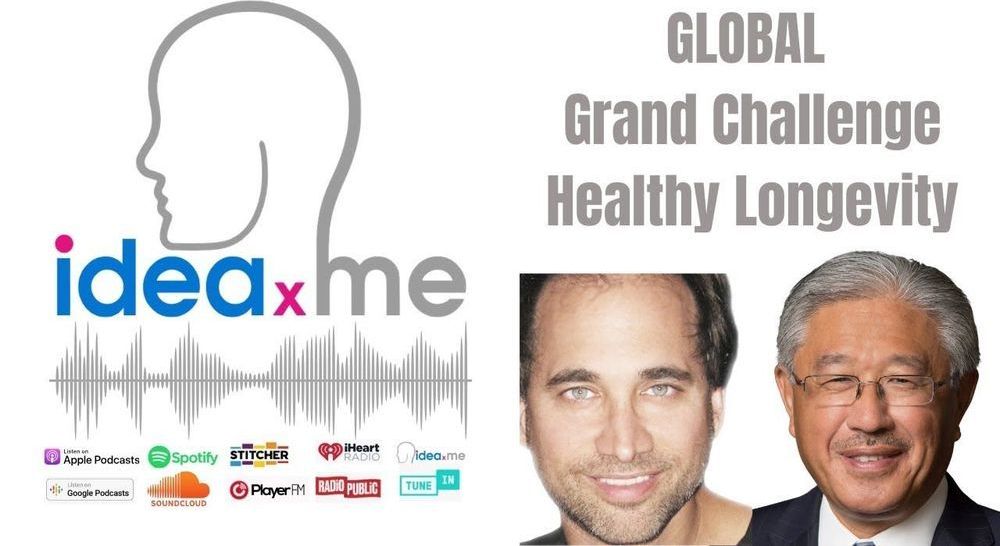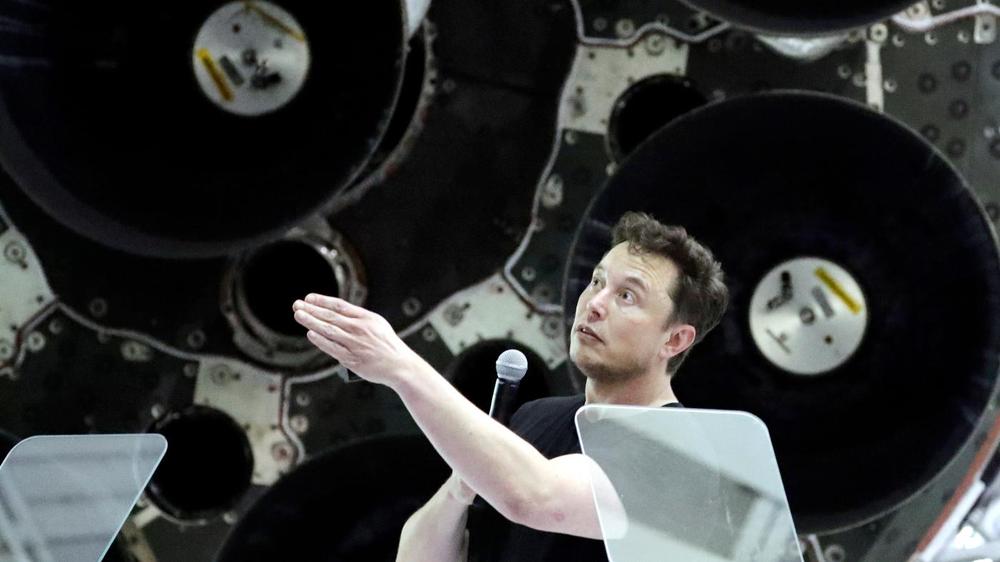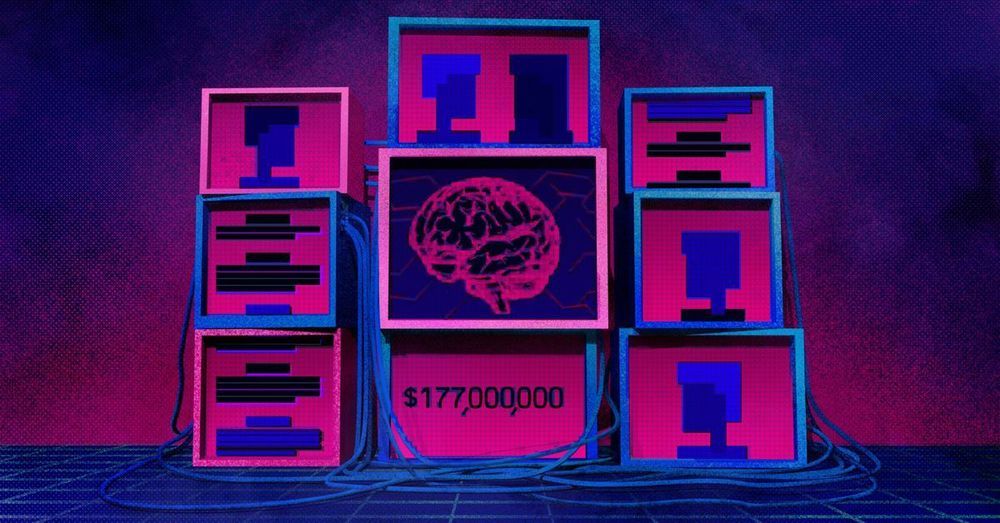Whenever someone refers me to a story with alarming facts that should surprise or outrage any thinking human, my spider-sense is activated. Does the story make sense? Is it plausible? If the message contains evidence of being repeated (or forwarded to more than two friends), then whatever is claimed is almost certain to be false.
If the subject is important to me—or if there is any chance that it might influence my view of the world, I check it at Snopes. The reputable web site confirms or debunks many urban legends and all sorts of viral web hype.
You never know what you might learn at Snopes. You can easily be lured into a rabbit hole, digging into the site beyond whatever prompted your visit in the first place.
Fact-checking can be fun! For example:
- Debunked: There are no alligators living in New York sewers. If a resident flushes a baby alligator in a toilet, it cannot survive the temperature or the toxic soup that flows through the sewers of a big city. Florida: perhaps; New York: impossible!
- Debunked: Ronald Reagan did not write a diary entry in which he describes his vice president’s son (the future president George W. Bush) as a shiftless ne’er-do-well, roaming about the White House.*
- Confirmed: This one is true! In 1976, during the filming of TV series, Six Million Dollar Man in Long Beach California, an arm fell off a scary, fun-house prop. A film crew found that it was the cadaver of outlaw Elmer McCurdy, who died in 1911.
I’m still occasionally guilty of passing along a story I long believed was gospel. In a few cases, it didn’t occur to me that something accepted as fact might be an urban legend—or that my acceptance of a tall tale is colored by my opinions about economics, society and business. Hopefully, this is a rare and diminishing lapse. I have learned to fact check narratives—especially if I feel compelled to pass one along.
Conspiracies Theories: Often false!
In general, I am unlikely to suspect a conspiracy behind events of the day—with the exception of national politics, where conspiracy is a natural and pervasive tactic. The problem is my optimistic view of human nature. While businesses have a profit motive and a responsibility to stakeholders, I feel that most are driven by ethics and that executing a plan within the bounds of ethics is simply good for business.
Let me tell you about one viral, big-business story that I had believed for decades and another that I did not believe until I was presented with too many facts to refute.
1. No Conspiracy Here
There was no secret meeting or conspiracy by titans of the car, rubber, oil or steel industries to kill off public transportation and alter city layouts to drive auto sales. Streetcars were already mired in politics and graft; family, income was increasing, and the car was already becoming popular.
That tall tale says that Harvey Firestone, Henry Ford and John D. Rockefeller conspired to eliminate street cars and redesign the urban landscape, so that Americans would need individual family cars, rather than use public transportation—Or that this is the reason that we must drive to a big mall today rather than live in towns centered around a community center, church, city hall and general store.
The theory claims that the three automobile bosses had a secret meeting in San Francisco with a goal of increasing sales of cars, rubber, steel and oil. (In some versions of the story, Rockefeller (oil) is replaced Andrew Carnegie (steel). Ironically, I only learned that the entire story was an urban legend as I started to write this introduction to the true story below.
2. Shocking Conspiracy — This one is true
More than any other lie, here is a food industry conspiracy crafted and delivered by big business. It manipulated one of our most trusted universities, a major medical journal and the public psyche. The result: Thousands of Americans died and millions were misled into obesity and heart disease. More than any other fiendish plot, this one event has killed people and damaged human health more than any other conspiracy in modern history.
In 1967, the sugar industry shaped 50 years of research into the role of nutrition and heart disease, including many of today’s dietary recommendations, by paying Harvard researches to lie about the role of food in obesity and heart disease. They schemed and succeeded at shifting blame from sugar to fats.
Believing lies: I grew up becoming fully indoctrinated!…
For much of the next five decades, the wheat and grain industry promulgated the lie to enormous advantage. I grew up thinking that bread, pasta, rice and potato are terrific sources of healthy fiber and minerals (much like vegetables)—and that they ensure clean pipes. I thought that oil and fats are bad, because they deposit plaque in arteries. It never occurred to me that oils can maintain healthy weight, that your brain needs fat, that carbs lead a body to manufacture the fat that causes cardiovascular disease.
I believed that skim milk is less fattening than whole milk and that margarine is healthier than butter (dairy), tallow (beef fat) or lard (pig fat). Perhaps most damning: I believed that Canola oil (synthetically extracted from rape seed) was a healthy oil, because it is unsaturated. Today, I have learned it is toxic.
How does a 20th century academic
with advanced degrees get so misled?
Answer: I succumbed to a startlingly successful conspiracy; a long game in which it is now difficult to punish sugar industry perpetrators. Ultimately, they will be held to account by journalists, and a new generation of doctors, researchers and academics.
The New York Times article linked below appeared in 2016. More recently, the story is finally going viral. Citation by other reputable outlets is growing quickly.
Some conspiracy theories are true. Instead of passing along an urban legend, forward the shocking truth about sugar and carbs to a friend or colleague. Share this Lifeboat article. Think of the good achieved if you turn around the diet of just one acquaintance.
.Related:
* Fiction: Ronald Reagan did not write this; (I believed it for 30 years):
“A moment I’ve been dreading. George brought his ne’re-do-well son around this morning and asked me to find the kid a job. Not the political one who lives in Florida. The one who hangs around here all the time looking shiftless. This so-called kid is already almost 40 and has never had a real job. Maybe I’ll call Kinsley over at The New Republic and see if they’ll hire him as a contributing editor or something. That looks like easy work.”
— Incorrectly attributed to Ronald Reagan in a diary entry published May 17, 1986
Philip Raymond co-chairs CRYPSA, hosts the Bitcoin Event and is keynote speaker at Cryptocurrency Conferences. He is a top writer at Quora.










